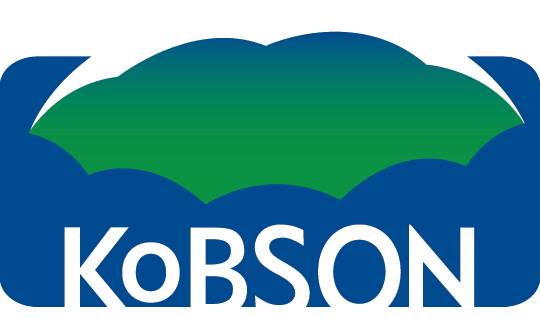DOI: 10.5937/jaes0-27517
This is an open access article distributed under the CC BY 4.0

Volume 18 article 730 pages: 578 - 585
The condensing unit is one of the most important elements of the steam turbine of a combined heat and power
plant. Defects in elements of the condensing unit lead to disturbances in the steam turbine operation, its failures and
breakdowns, as well as efficiency losses of the plant. Therefore, the operating personnel need to know the cause of
the malfunction and to correct it immediately. There are no diagnostic models of condensers in the Republic of Kazakhstan
at the moment. In this regard, a mathematical model of a condenser based on the methodology of Kaluga
Turbine Plant (KTP) has been developed. The mathematical model makes it possible to change the input parameters,
plot dependency diagrams, and calculate the plant efficiency indicators. The mathematical model of the condenser
can be used to research ways for the improvement of the condensing unit efficiency, for diagnostic purposes of the
equipment condition, for the energy audit conduction of the plant, and in the training when performing virtual laboratory
research. Using static data processing by linear regression method we obtain that the KTP methodology of
condenser calculation is fair at cooling water temperature from 20 °C to 24 °C, but at cooling water temperature from
20 °C to 28 °C, the methodology of JSC "All-Russia Thermal Engineering Institute" (JSC "VTI") is used. One of the
ways to increase the condenser efficiency has been proposed. It is the heat transfer augmentation with riffling annular
grooves on tubes. This method increases the heat transfer coefficient by 2%, reduces the water subcooling of the
heating steam by 0.9 °C, and decreases the cooling area by 2%.
1. Iglin, P. V. (2016). Improvement of the operational control system for the steam turbine condenser based on the correction of the calculation methodology for the oxygen content in the condensate. PhD thesis. Kirov.
2. USSR Ministry of Energy and Electrification. (1985). Methodological instructive regulations on the operation of steam turbines condensing units of power generation plants. RD 34.30.501 (MIR 34-70-122-85). https://fi les.stroyinf.ru/ Data2/1/4294817/4294817716.htm
3. Aronson, K. E. (2008). Development and implementation of the monitoring system of the heat-exchange apparatuses condition of the steam turbine plants as a component of the CHP information packages. Doctoral thesis. Ural State Technical University, Ekaterinburg.
4. Khaet, S. I. (2004). Development and implementation of the diagnostic module elements for monitoring the steam turbine condensation plant condition. PhD thesis. Ekaterinburg.
5. Murmansky, B. E., Aronson, K. E., Brodov, Yu. M. (2017). An expert system for diagnostics and estimation of steam turbine components condition. Journal of Physics: Conference Series, 891, 012279. https:// doi.org/10.1088/1742-6596/891/1/012279
6. Merkulov, V. A. (2004). Research and development of the ways to increase the efficiency and reliability of the condensing equipment of cogeneration turbines. PhD thesis. Ivanovo.
7. Brodov, Yu. M., Aronson, K. E., Ryabchikov, A. Yu., Nirenstein, M. A. (2014). Heat transfer augmentation during water steam condensation on twisted profile tubes. WIT Transactions on Ecology and the Environment, 190, 479–490. doi: 10.2495/EQ140461
8. Vasilevsky, N. S., Kuvaldin, A. E. (2018). Heat transfer augmentation during steam condensation with the help of knurled tubes. Proceedings of the 3rd Scientific and Technical Conference of Young Scientists of Ural Power Engineering Institute. Ural Federal University named after the first President of Russia Boris Yeltsin, Ekaterinburg.
9. Murmansky, I. B. (2018). Perfection of the multistage steam jet ejectors of the steam turbine condensing units. PhD thesis. Ekaterinburg.
10. Heat Exchange Institute. (2012). Standards for steam surface condensers. 11th ed. Heat Exchange Institute, Cleveland.
11. World Science: Problems and Innovations. A collection of articles of XLIII International Scientific Conference. Part 1. (2020). The International Center of Scientific Cooperation "Science and Enlightenment", Penza.
12. Junusova, M. D. (2014). Modeling of the convective heat transfer processes in calculations of the energy heat-exchange apparatuses. Master thesis. Almaty.
13. Kalinin, E. K., Dreitzer, G. A., Kopp, I. Z., Myakochin, A. S. (1998). Efficient heat-transfer surface. Energotomizdat, Moscow.







